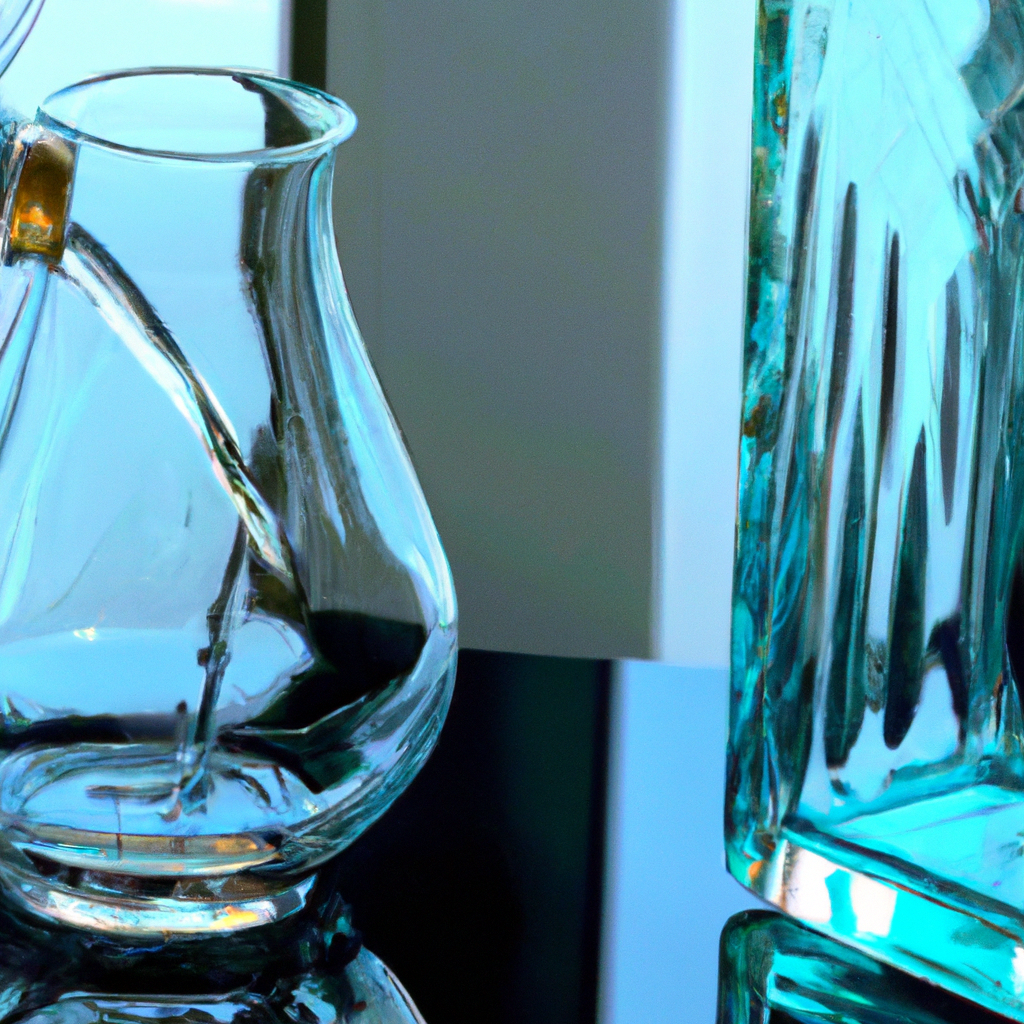Glass is a material that has been used for a variety of purposes for thousands of years. From windows and mirrors to containers and decorative pieces, glass is ubiquitous in our daily lives. But have you ever wondered how glass is made? The process of making glass is fascinating and involves a series of complex steps. In this article, we’ll explore the glass production process, from glass formation to glass blowing.
Glass Formation
The first step in making glass is to create a mixture of raw materials, which typically includes silica sand, soda ash, and limestone. This mixture is then heated in a furnace at extremely high temperatures of around 1700°C to 2000°C. The heat causes the raw materials to fuse together and form a molten liquid known as glass.
Glass Melting
Once the raw materials have melted and formed glass, the liquid is poured into a temperature-controlled furnace called a “reheating furnace.” This furnace is used to keep the glass at a consistent temperature, typically between 1000°C and 1200°C, to prevent it from solidifying.
Glass Manufacturing Process
After the glass has been melted and reheated, it is ready to be shaped into its final form. There are several different methods for shaping glass, including blowing, casting, and pressing.
Glass Blowing
Glass blowing is one of the most common methods for shaping glass. It involves heating a tube of glass until it is malleable and then blowing air into the tube to create a bubble. The glass blower can then shape the glass by using various tools and techniques to mold it into the desired shape.
Casting
Casting is another method for shaping glass. It involves pouring molten glass into a mold and allowing it to cool and solidify. Once the glass has cooled, the mold is removed, and the glass is ready for finishing touches.
Pressing
Pressing is a third method for shaping glass. It involves pressing molten glass between two molds to create a specific shape. Once the glass has cooled and solidified, it can be removed from the molds and finished.
Finishing
Once the glass has been shaped, it is ready for finishing touches. This typically includes polishing, cutting, and engraving. These finishing touches can be done by hand or with the use of specialized machines.
Conclusion
In conclusion, the process of making glass is a complex and fascinating one that involves multiple steps. From the formation of the raw materials to the shaping of the glass and the finishing touches, each step is critical to producing high-quality glass products. By understanding the glass production process, we can gain a greater appreciation for this versatile material and the skill and craftsmanship that goes into creating it.







